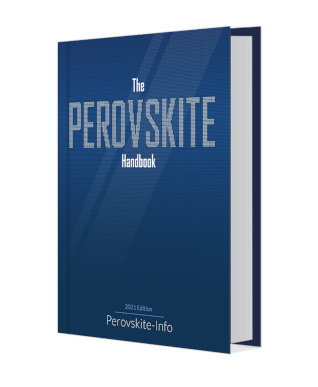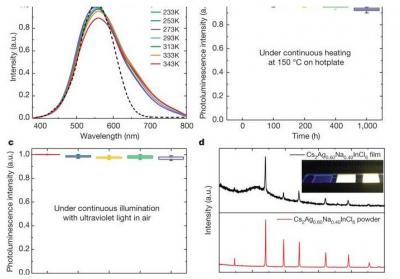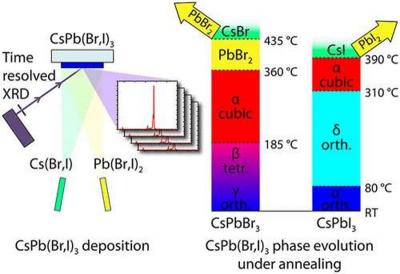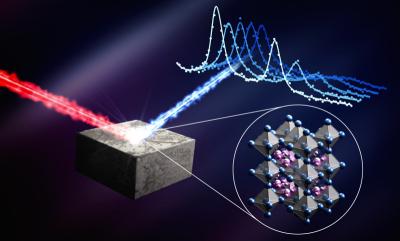The Perovskite Handbook
Perovskite-Info is proud to present The Perovskite Handbook. This book is a comprehensive guide to perovskite materials, applications and industry. Perovskites are materials that share a similar structure, which display a myriad of exciting properties and are considered the future of solar cells, displays, sensors, lasers and more.
Reading this book, you'll learn all about:
- Different perovskite materials, their properties and structure
- How perovskites can be made, tuned and used
- What kinds of applications perovskites may be suitable for
- What the obstacles on the way to a perovskite revolution are
- Perovskite solar cells, their merits and challenges
- The state of the perovskite market, potential and future






